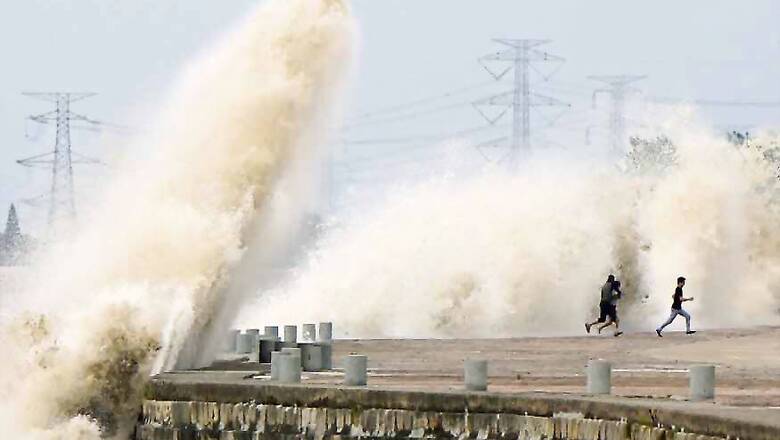
views
Chicago: A tsunami warning test was accidentally sent as a real alert to the phones of residents along the US East and Gulf Coasts and the Caribbean on Tuesday — just weeks after a false missile alert triggered panic in Hawaii.
The National Weather Service issued what it characterised as a "routine test message" at approximately 8:30 am (1330 GMT), but the message was erroneously transmitted by at least one weather app to smartphone users as a push notification alerting them of a tsunami.
Social media posts indicated the false alert was received from the northeastern state of Maine to Texas in the south — via New York City.
Once users clicked on the alert, an accompanying text made clear that it was "a test to determine transmission times involved in the dissemination of tsunami information."
While there were no reports of panic, the National Weather Service issued multiple clarifications to assure the public that there was no danger.
In the most recent of them, it said its probe had concluded that the message was in fact coded as a test. "We are working with private sector companies to determine why some systems did not recognize the coding," the service said.
"The test message was not disseminated to the public via any communication channels operated by the National Weather Service," the governmental scientific organization said in an earlier statement.
The error came less than a month after a false incoming ballistic missile alarm was sent out to the mobile phones of Hawaii residents.
The January 13 incident led to the resignation of the Pacific archipelago's emergency management agency chief and the firing of the worker who sent out the alert.
A Federal Communications Commission report and state investigators blamed the mistake on a combination of human error, insufficient management controls, and poor computer software.


















Comments
0 comment